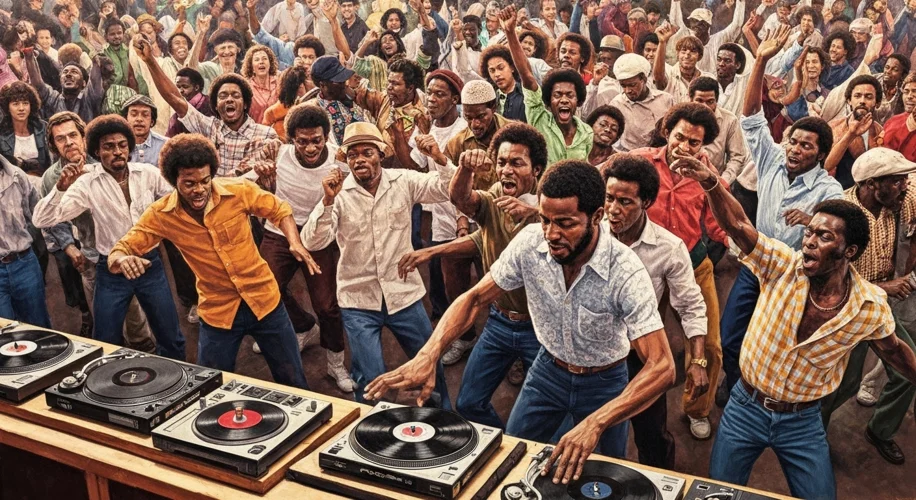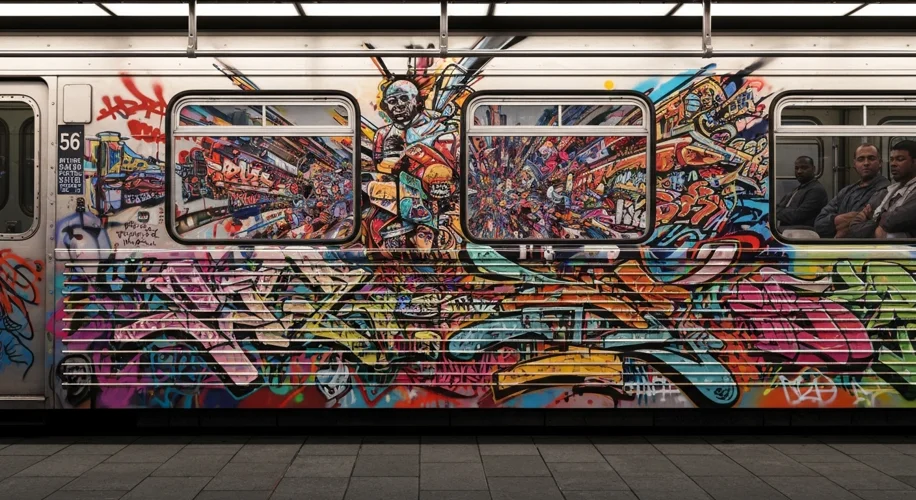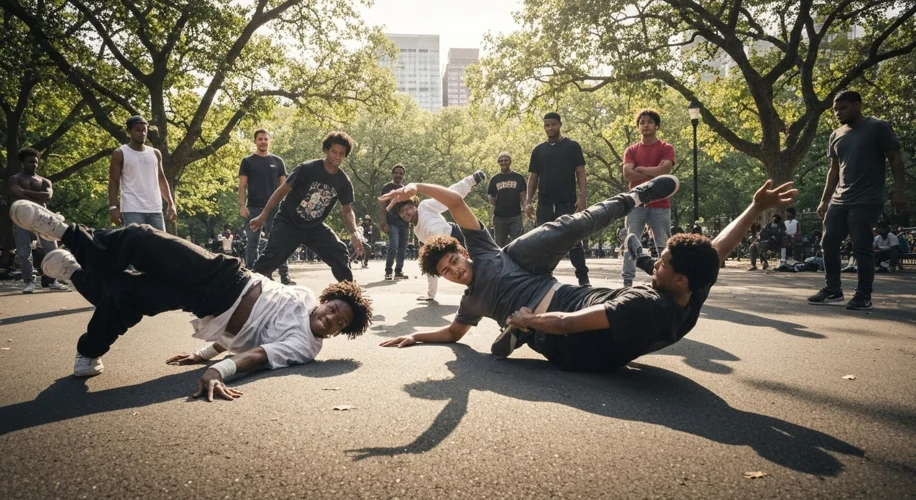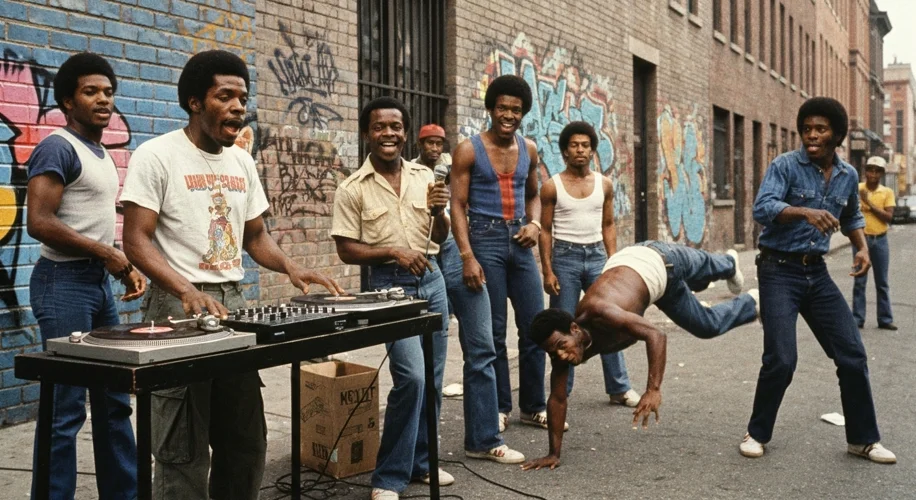In the sweltering summer of 1973, within the concrete labyrinth of the Bronx, a cultural earthquake was brewing. It wasn’t a tremor of nature, but a seismic shift born from turntables, spray cans, microphones, and dancing feet. This was the genesis of hip-hop, a vibrant, revolutionary art form that would not only redefine music but also leave an indelible mark on fashion, language, and social commentary across the globe.
The Bronx, a borough grappling with urban decay, economic hardship, and social neglect, paradoxically became the fertile ground for a new artistic expression. Amidst the rubble and the broken promises, a generation of young people found their voice. At block parties, held in parks and community centers, DJs like DJ Kool Herc, often hailed as the “father of hip-hop,” began to experiment. Herc noticed how the crowd reacted most intensely to the instrumental breaks in funk and soul records – the percussive, rhythmic sections. He ingeniously developed the “Merry-Go-Round” technique, using two turntables to extend these breaks, creating an endless loop of danceable energy.

This innovative DJing, known as “break-beat DJing,” laid the foundation. But hip-hop was never just about the beats. The MCs, or Masters of Ceremonies, emerged from this scene, initially to hype up the crowd and introduce the DJ. Soon, they began to “rap” over the breakbeats, telling stories, boasting, and commenting on their surroundings. Pioneers like Coke La Rock and Grandmaster Caz developed intricate rhyme schemes and rhythmic delivery, transforming spoken word into a captivating art form.
Parallel to the auditory revolution, a visual one was taking place on the city’s subway cars and walls. Graffiti artists, or “writers,” used spray paint as their medium, transforming drab urban landscapes into vibrant canvases. Names like TAKI 183 and SEEN became iconic, their tags a declaration of presence and artistic prowess in a world that often rendered them invisible. Graffiti was more than just tagging; it was about creating elaborate pieces, challenging artistic boundaries, and claiming public space.
Then there was the dance. “B-boys” and “B-girls,” as the dancers were known, took to the asphalt during the DJ’s breaks, performing athletic and acrobatic moves. Breakdancing, with its power moves, freezes, and footwork, became a physical manifestation of the music’s energy and the culture’s resilience. These dancers weren’t just moving; they were telling stories with their bodies, their movements a defiant celebration of life against a backdrop of adversity.
From these foundational elements – DJing, MCing, graffiti, and breakdancing – hip-hop culture exploded. It was a holistic movement, a complete aesthetic and ethos. As the 1980s dawned, hip-hop began to transcend its Bronx origins. Artists like Grandmaster Flash and the Furious Five, with their seminal track “The Message,” introduced social commentary into the lyrics, painting vivid pictures of urban struggle and inequality. This was no longer just party music; it was a powerful tool for social and political expression.

The impact rippled outwards, influencing global fashion. Tracksuits, gold chains, sneakers, and bold graphic designs became synonymous with the hip-hop aesthetic. Brands that were once street-level staples became international fashion powerhouses. The language itself was transformed, with hip-hop slang and patois becoming part of mainstream vernacular.
By the 1990s, hip-hop had become the dominant force in music, influencing everything from pop to rock. Its global reach was undeniable, with artists from every continent adopting and adapting the culture, infusing it with their own local flavors and perspectives. Hip-hop provided a platform for marginalized voices, a way to critique societal norms, and a means to celebrate cultural identity. It proved that art born from struggle could not only survive but thrive, becoming a universal language of rhythm, rhyme, and rebellion.
From the block parties of the Bronx to the digital streams of today, hip-hop’s journey is a testament to the power of creativity in the face of adversity. It’s a cultural phenomenon that continues to evolve, inspire, and provoke, a living echo of the vibrant spirit that first ignited in a New York City borough decades ago.


